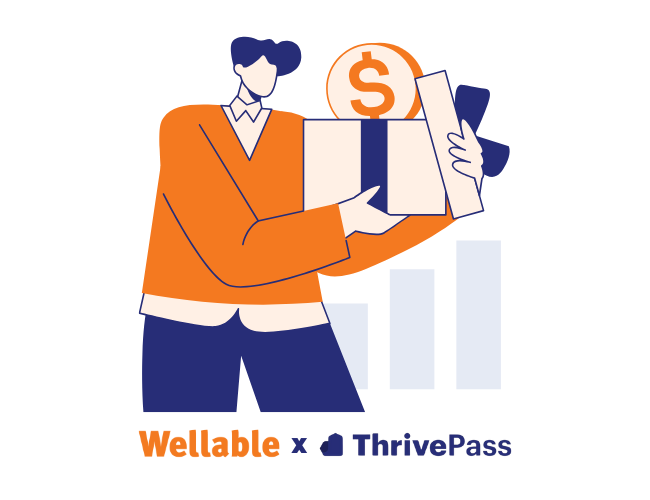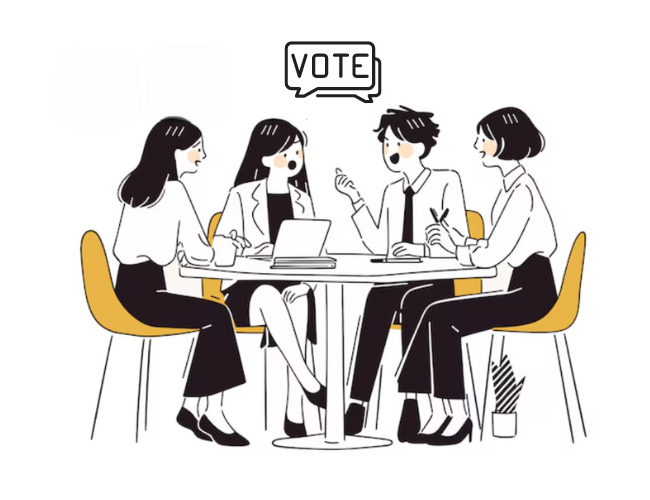In recent years, a tight labor market has made recruiting and retaining employees more of a challenge for businesses. In order to stand out from other companies and rather than increasing compensation, employers have been expanding benefits packages to attract top talent. However, due to the impacts of COVID-19, the labor market is changing substantially. With millions now unemployed, the labor market will likely be much more open for the immediate future. This trend should continue to some degree well into the coming years.
As previous economic downturns have indicated, companies will be looking to cut costs in the form of reduced employee benefits. The large influx of newly-unemployed job seekers will only make this strategy more reasonable, as benefits packages will not necessarily need to be as generous to recruit and retain workers.
Recently, several large companies have suspended contributions to their workers’ 401(k)s. This includes businesses in the travel industry (such as Amtrak, Marriott Vacations Worldwide, and Sabre) as well as retailers (like Macy’s and several home furniture chains) that have been hit particularly hard by social distancing and stay-at-home orders. However, many industries are affected—even healthcare companies have seen income losses due to dramatic drops in non-emergent and elective procedures. Employers only need to give 30-day notice to enact these benefits changes. Previously, during the 2008 Great Recession, hundreds of major companies enacted similar cuts to retirement contributions.
While most employers anticipate reductions to benefits will be temporary, they are expected to last until the labor market improves. Unfortunately, that might take a while, given the breadth of the economic damage sustained and uncertainties surrounding the management of the virus’s spread. Eliminating 401(k) contributions can result in a huge financial loss for the employee over time—especially those that do not pay much attention to their retirement plans. On average, employers match about 50% of their employees’ contributions on six percent of their salaries.
However, for many employers, this strategy may serve as a way to avoid a far worse outcome, such as reducing an employee’s hours, laying off staff, or even going out of business. Some companies have also significantly cut their top executive’s salaries as well, indicating that they may not be willing to risk employee wellness first when it comes to cutting costs.
The Downside Of Reduced Benefits
Unfortunately, this strategy is reactionary and can adversely impact company performance. Reducing some employee benefits that do not have an impact on their immediate future or day-to-day life (with the exception of those planning to retire soon) might be appropriate for some, but it certainly shouldn’t be the first line of defense in weathering a suffering economy.
People are a company’s best assets; prioritizing their well-being results in better productivity. Chipping away at benefits that are merely seen as part of a hiring incentive can result in long-term consequences for the economic output and success of a business. Employers need to consider how changes, temporary or not, may have unaccounted-for effects on their workers’ personal lives as well as their focus and performance on work tasks.
Additionally, in March, Congress authorized withdrawals from 401(k)s of up to $100,000 without paying the ten percent penalty that is usually imposed for those under 59½ years. For some struggling with income losses and depleted savings, that can be helpful—for others, it can lead to an irresponsible decision that will have negative consequences on their future financial health. Employers should continue to provide resources and benefits that support the financial health of their workforce, especially during these times of uncertainty. Getting people on track with their budgets, savings, and goals can eliminate future stress, anxiety, and other mental health and personal issues that can result from out-of-control finances.












